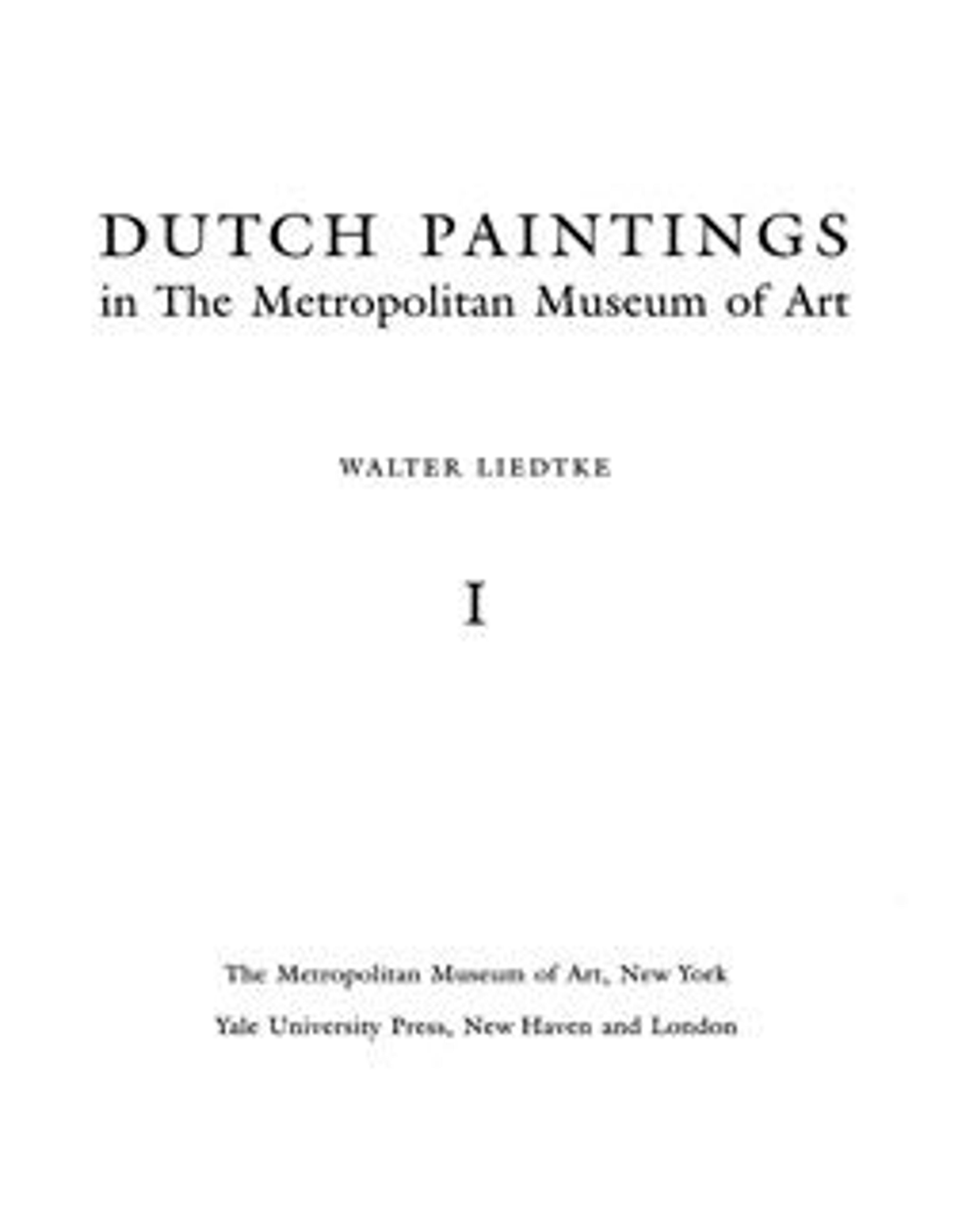A Musician and His Daughter
The father and daughter in this elegant interior display the wealth and confidence of the patrician class of seventeenth-century Amsterdam. They wear luxurious black clothing (the daughter is in the costume of a grown woman), and the father’s lute is both a costly foreign import and a mark of refinement. De Keyser excelled in the depiction of objects in perspective, such as the worn lute case and the classically ornamented doorway.
This painting was seized by the Nazis from Baron Karl Neuman (Charles Neuman de Végvár) in Paris and restituted to him by 1947.
This painting was seized by the Nazis from Baron Karl Neuman (Charles Neuman de Végvár) in Paris and restituted to him by 1947.
Artwork Details
- Title:A Musician and His Daughter
- Artist:Thomas de Keyser (Dutch, Amsterdam (?) 1596/97–1667 Amsterdam)
- Date:1629
- Medium:Oil on wood
- Dimensions:29 1/2 x 20 3/4 in. (74.9 x 52.7 cm)
- Classification:Paintings
- Credit Line:Gift of Edith Neuman de Végvár, in honor of her husband, Charles Neuman de Végvár, 1964
- Object Number:64.65.4
- Curatorial Department: European Paintings
More Artwork
Research Resources
The Met provides unparalleled resources for research and welcomes an international community of students and scholars. The Met's Open Access API is where creators and researchers can connect to the The Met collection. Open Access data and public domain images are available for unrestricted commercial and noncommercial use without permission or fee.
To request images under copyright and other restrictions, please use this Image Request form.
Feedback
We continue to research and examine historical and cultural context for objects in The Met collection. If you have comments or questions about this object record, please contact us using the form below. The Museum looks forward to receiving your comments.
